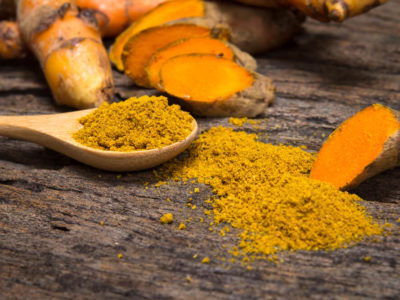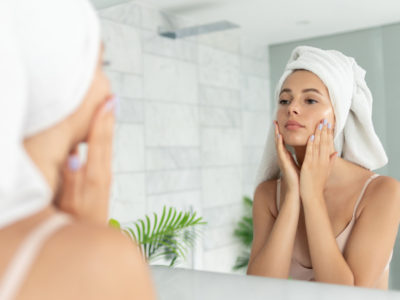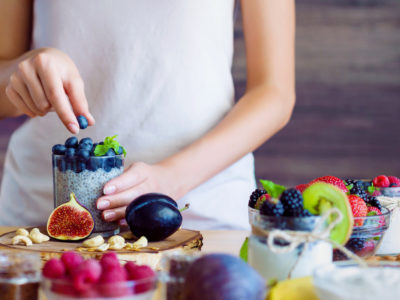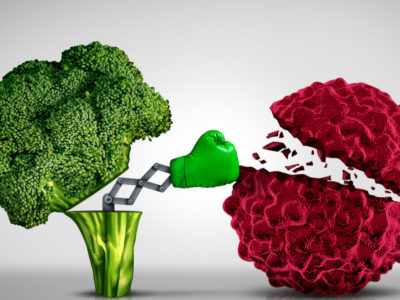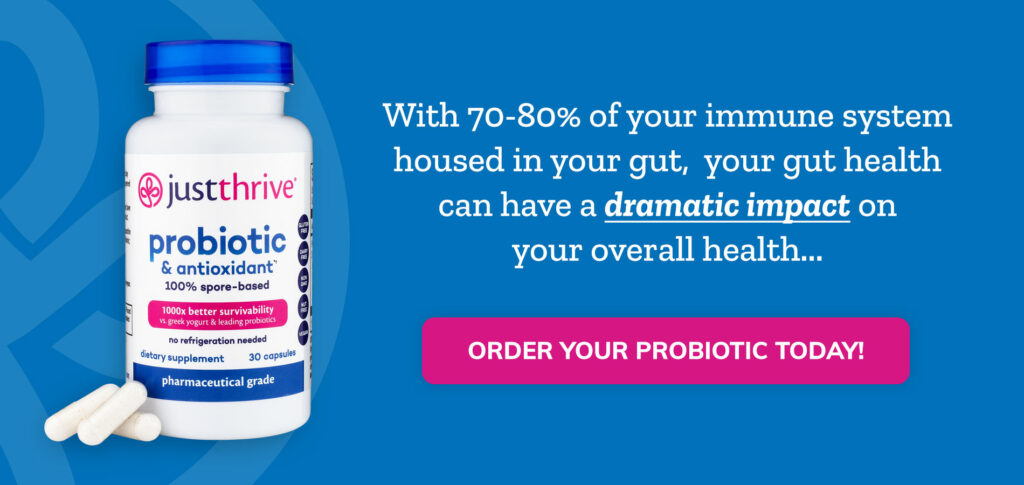Table of Contents[Hide][Show]
Have you ever looked on the back of a candy bar wrapper and wondered what the heck all those added colors are? Many of them have been deemed potentially carcinogenic based on research, so why are we still eating them?
These dyes help make food look more visually appealing and marketable. However, is changing the color of a snack—with no added nutritional benefit—really worth the associated dangers?
Engineered to make food more eye-catching, these dyes contain chemicals that have been shown to have a negative effect on people’s health in the long run.
Unfortunately, many consumers know very little to nothing about the dangers of consuming artificially-colored and flavored food.
The Use of Synthetic Dyes in Food
Food dyes are man-made chemicals that were originally produced from coal tar starting in 1856. Now these dyes are made with an equally unappetizing substance: petroleum.
Since the time the Federal Food and Drugs Act was enacted in 1906 (banning the use of artificial colors deemed harmful to health). Concerns and regulations over food safety have reduced the amount of legal food additives from 80 to 7.According to the FFDA Synthetic Food Coloring Chart, the approved dyes for general use in the United States include:
- Red No. 3 (Erythrosine)
- Red No. 40 (Allura Red)
- Yellow No. 5 (Tartrazine)
- Yellow No. 6 (Sunset Yellow)
- Blue No. 1 (Brilliant Blue)
- Blue No. 2 (Indigo Carmine)
- Green No. 3 (Fast Green)
Of these dyes, Red No. 40, Yellow No. 5 and Yellow No. 6 are the most commonly used. They make up for 90% of all food dye used in the U.S.
All 7 of these dyes are common food ingredients in ice cream, breakfast cereal, candy, and flavored drinks.
Side Effects of Artificial Food Coloring
This report from the Center for Science in the Public Interest shows that these three dyes, which account for the overwhelming majority of the dyes used in products, were contaminated with low levels of carcinogens.
The report also discusses Red No. 3, which was limited in use in 1990 due to it being a known carcinogen but is still being used in food products such as candy. It was shown to cause damage to DNA and give thyroid tumors to rats.
Blue No. 2 is a synthetic version of the indigo dye from plants. It’s one of the food colorings linked to attention deficit/hyperactivity disorder (ADHD) and behavioral problems in children. (Findings were determined after performing an elimination diet and reintroducing the colorings.)
This means long-term exposure to these synthetic dyes can potentially cause cancer in humans. Because people start consuming junk foods and drinks using these artificial colorings from childhood, they can potentially acquire degenerative diseases or cancers more easily in the future.
The chemical additive 4-Methylimidazole (4-MEI) is the caramel coloring in many popular soft drinks. A study at Johns Hopkins showed that this potential carcinogen increases the risk of cancer for soda drinkers over the course of their lifetime.
The U.S. Food and Drug Administration (FDA) does not currently have any regulations on 4-MEI. Their official stance on it is that the levels of 4-MEI in food are below the threshold of causing damage, although they acknowledge that manufacturers could expend extra effort to reduce 4-MEI in their products.
The researchers from the Johns Hopkins study argue that the potential carcinogen exposure in soft drinks is unnecessary.
Besides potentially causing cancer and children’s behavior problems, other adverse effects of these unnatural pigments include allergic reactions. These reactions can vary in severity from minor hives to anaphylactic shock. The dyes most likely to cause an allergic reaction are Blue 1, Red 40, Yellow 5 and Yellow 6.
Related
Turmeric: The Super-Root Could Save You Money (And A Trip To The Pharmacy)
Get to know the health benefits of turmeric and the various ways you can take it for your well-being. And learn a little bit more about the active ingredient in turmeric and the benefits of curcumin to the body.
Healthier Food Dye Options
Research continues to prove just how dangerous it can be to consume these artificial additives on a regular basis. So how can you make a better choice and prevent diseases from developing?
Removing these synthetic dyes from your daily food intake will go a long way. As much as possible, opt for natural colorants for your food.
If you’re looking to remove food dyes from your diet, your best bet is shopping at Trader Joe’s or Whole Foods Market, both of which have banned any product containing artificial dyes.
There are also alternatives to synthetic food dyes for those who want to keep the color in their food creations:
- Wild is a company that makes natural food additives.
To replace Yellow No. 5, they use turmeric, beta-carotene, and annatto. Meanwhile, for Yellow No. 6, they use a combination of beta-carotene, paprika, annatto, and other ingredients.
- India Tree is another company, creating food colorings derived from edible plants.
- Natures Flavors uses colorings derived from beets, turmeric, annatto, purple cabbage, hibiscus, and more. Their colorings are used in a variety of consumer products and are also directly available for purchase through their website.
Using Natural Dyes from Plants
If you want to go all natural, you can get blue, green, or red food coloring from plants. Doing so will help you make sure no toxic chemicals or carcinogens get mixed in your food.
Using organic ingredients for your food coloring not only keeps you safe from unwanted chemicals, but you can also incorporate natural flavors into your food. For example, blueberry cheesecake will look and taste like an actual blueberry if you use the real fruit instead of an artificial food dye.
It goes without saying you should also consider the taste of these natural food dyes. Using a pink gel food coloring won’t give you a strawberry taste but using the actual fruit will.
Natural Food Dye Options
Here are some natural food coloring sources you may want to try:
- Red: Tomatoes, beets, watermelon
- Orange: Paprika, orange sweet potato, orange fruit
- Purple: Blueberries, purple taro
- Black: Squid ink, activated charcoal
- Yellow: Turmeric, Saffron
- Green: Green vegetables, matcha powder
- Brown: Coffee, tea
Going Dye-free Altogether
If you want to cut any kind of dye from your diet completely, it can be done just by eating natural, whole foods. These unprocessed foods are the healthiest option as they contain the nutrients your body needs.
- Fruits and Veggies: Any fruits and veggies, their color and sugar is all natural!
- Meat and Poultry: Fresh, organic chicken, grass-fed beef, and wild-caught fish
- Nuts and Seeds: Unflavored pecans, cashews, almonds, walnuts, and sunflower seeds
- Whole Grains: Oats, brown rice, quinoa, and barley
- Legumes: Kidney beans, black beans, lentils, and chickpeas
Final Thoughts
Using synthetic food colorings is harmful to your health as various research shows. To feel your best and live a healthy lifestyle, eliminate chemicals that may cause harm to your body.
It also helps that many food manufacturers have started giving consumers more organic food options. You may also visit farmers’ markets in and around your area for fresh local produce.
By purchasing produce from local farmers, you can help your local economy and make sure you get fresh food, free of toxic contaminants for you and your family.
You May Also Like…
Editor’s Note: This post was originally published on April 25, 2015, and has been updated for quality and relevancy most recently on November 22, 2021.

